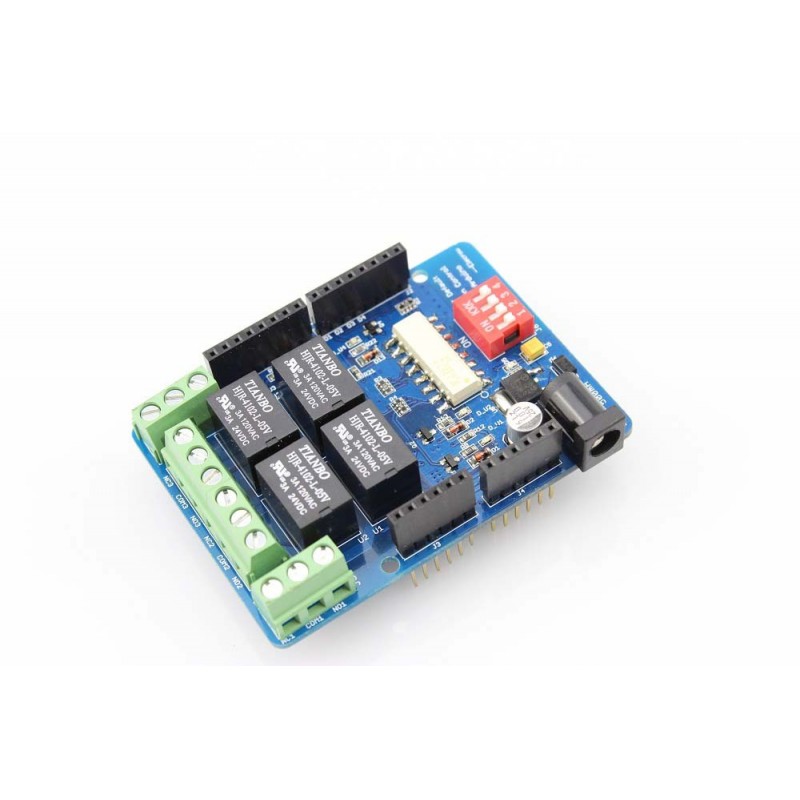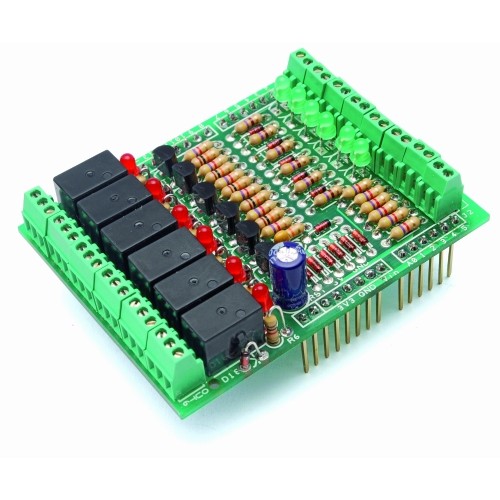
What would happen if i touched these 10V? Would there be a current that could give me a serious shock?ĭo I take it from that that it is connected to the mains?Ī multimeter has a very high input impedance. As an aside they also tend to be more powerful both per dollar and per cubic inch. Unfortunately, they are also markedly more expensive. I prefer actual SMPS or linear power supplies as the designs are more consistent across manufacturers. If unavoidable I test them for load and "stray" voltage (ie., can DC- out be connected to earth ground). There is too much variability in the design of wall warts and I avoid them when possible.

It depends on the design and type of wall wart (if used) as connecting the wall wart DC ground may have an effect on the output voltage (and possible the input). This can be mitigated by running the Arduino from the same 230V as running the heater(?) thus when one is unplugged the other is too. The load is only ever save if the mains supply has been removed completely (unplugged) from the box. Keep in mind that the load is live all the time that the mains is connected to the box, even if the electronics is off or has the load off.

If I were building your project I'd do the following: Pipo123 I don't want to discourage you but I do want you to be safe. I would want it earthed at the point the mains comes in, not rely on some other earth that might or might not be connected. In the photo it's not, as far as I can see, earthed. From the pictures it is not connected, so I cannot say if it would be grounded when the power supply for the Arduino is connected. That depends on the design of the power supply for the Arduino. Had the same issues when i connected only a relay without arduino to the ac electricity and measuring between in1 pin and the heater body


I put this in the electronics topics area bc it s only related to the relay i think. Is there maybe a common thing that i ve overseen and that you re familiar with? What can I do to "ground" the entire arduino board? But how i can fix this problem without always having to connect the gnd port to a big metal object?) (If i connect the gnd port of the arduino to the earth(aka ground aka heater body) then the voltage disappears. When I put the humidity sensor in the soil and measure with a multimeter to a ground object(like a heater body), then the ac voltage reads a value of approx 45 v? The same happens if I connect any pin of the arduino to the heater body(ground). I m using an arduino nano and a humidity sensor that can be plugged into the soil and is directly connected to the arduino.įurthermore i have connected a relay to one of the digitalouts of the arduino that is supposed to trigger the relay whenever the soil passes a certain humidity level. On this forum I wasn t able to find any related topic bc I didn t really know what to look for. I wanted to build a simple watering system for my plants and came across a problem considering the relay.


 0 kommentar(er)
0 kommentar(er)
